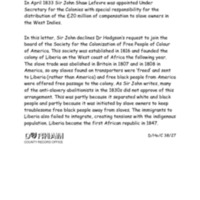
Exhibition to mark the bicentenary of the 1807 Act
Durham Record Office held an exhibition of its original documents relating to slavery, the slave trade and abolition. These include reports, maps, and a number of letters, from, for example, Sir John Shaw Lefevre (Under Secretary for the Colonies in 1833), the abolitionist James Stephen and the prominent Quaker activist Josiah Forster. The exhibition was displayed in the Record Office and toured several venues in the region. It was also used for inspiration by members of Jackass Youth Theatre, who produced the play Sharp Practice after visiting the Record Office and consulting some of the original documents on display.
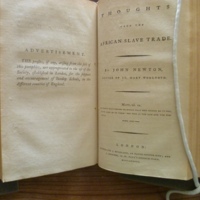
From Slave Trade to Fair Trade
The Cowper and Newton Museum is located in Olney, Buckinghamshire, in the building that was once the home of the 18th century poet William Cowper. The Reverend John Newton - formerly master of a slave ship - was Cowper's great friend, and wrote the abolitionist hymn 'Amazing Grace' in collaboration with Cowper whilst living in Olney. The museum's exhibition From Slave Trade to Fair Trade involved a reinterpretation of the museum's collections relating to slavery and abolition. The wider project also included a number of events and community engagement activities, in partnership with Milton Keynes Local Authority, Global Education Milton Keynes (GEMK), the charity World Vision and Culture Milton Keynes. Local black and minority ethnic groups worked with the museum on performances of poetry and readings associated with slavery. A touring display about John Newton and the transatlantic slave trade was shown in various schools, libraries and other locations in Milton Keynes throughout 2007. In April that year, the museum commemorated the bicentenary of the Abolition Act and the death of John Newton with a weekend of talks, tours, church services and a concert from the Todd Murray Group choir.
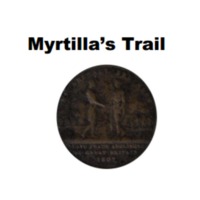
Myrtilla's Trail
Myrtilla’s Trail was developed at Leamington Spa Art Gallery & Museum in partnership with poet Brenda Tai Layton, using objects, images and texts to explore local links with the slave trade. Myrtilla, 'Negro slave to Mr Tho. Beauchamp', is buried in the village of Oxhill in Warwickshire. Apart from her gravestone (dated 1705), she remains anonymous. Warwick District has connections with slave owners, such as the Greatheed family of Guy's Cliffe, sugar plantation owners in St Christopher (St Kitts). This trail around the galleries offered a starting point for exploring these complex and often hidden histories, including busts and documents of the Greatheed family, abolitionist coins, protest songs, and travel posters.
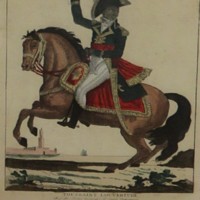
Freedom Think Tank
Freedom Think Tank was a time limited Black-led voluntary group established to influence the agendas of organisations in the North East commemorating the bicentenary of the abolition of the slave trade. The group also organised commemorative events, focusing on themes of promoting social solidarity and raising awareness of the participation of Black people in abolition.
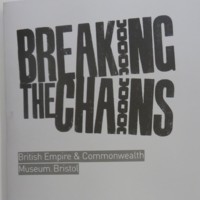
Breaking the Chains
Breaking the Chains opened at the British Empire and Commonwealth Museum to coincide with the bicentenary, and told the story of the British transatlantic slave trade and its abolition. Developed in partnership with Bristol City Council's Museums, Galleries and Archives' Service, the exhibition used artefacts, film and testimony to challenge perceptions about Britain's involvement in the slave trade and its legacy today. It featured a multimedia gallery of digital memories and feelings on the contemporary legacies of the slave trade; interactive sound stations to see and hear personal testimonies and the power of black music; and the ‘Me deya’ gallery, led by Firstborn Creatives, a collection of work from artists and communities who wished to share their creative pieces about the legacies of the slave trade. Associated events included African music for children, community dance events and public debates.